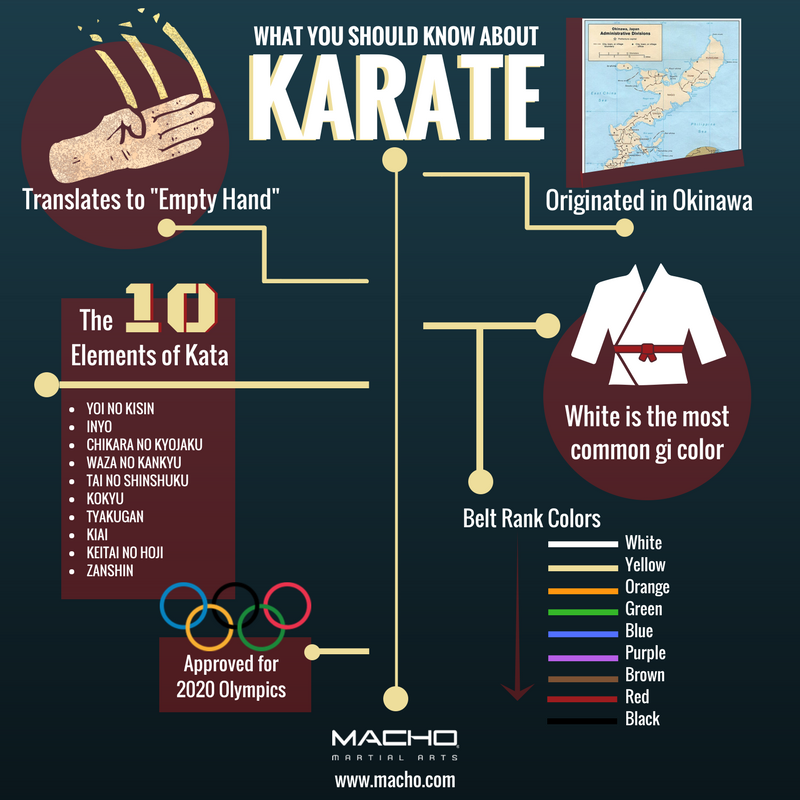Martial arts have a fascinating history that extends centuries and continents. You may locate it fascinating just how old practices like Shuai Jiao and Kalaripayattu prepared for modern battle techniques. These disciplines not only emphasize physical abilities yet also mirror the societies that birthed them. As you discover their evolution, take into consideration how globalization has actually changed these typical forms into crossbreed styles. What influences do you think have shaped today's martial arts landscape?
Ancient Martial arts: The Foundations of Battle
As you delve into the world of ancient martial arts, you'll uncover the rich foundations that formed battle strategies across cultures. Early practices focused on Self-Defense and survival, often incorporating strikes, hurting, and weaponry.
In ancient China, as an example, methods like Shuai Jiao stressed throws and joint locks, while India's Kalaripayattu showcased dexterity and fluid motion. Japanese samurai created Kenjutsu, a polished swordsmanship that highlighted technique and strategy.
These martial arts served not just for fight but also as a way of individual advancement, instilling worths like regard and perseverance. The blending of these methods gradually prepared for the varied martial arts you see today, each mirroring the one-of-a-kind approaches and needs of its society.
The Social Influence on Martial Arts Advancement
While martial arts frequently mirror the practical demands of a society, they also embody the social worths and ideas of their origins. When martial arts and fitness discover various martial arts, you'll notice just how they're influenced by faith, ideology, and social standards.
As an example, the emphasis on regard and self-control in Japanese martial arts comes from Zen Buddhism and samurai society. In contrast, Brazilian Jiu-Jitsu advertises flexibility and strategy, shaped by the demand for efficiency in a varied, multicultural setting.
You may discover that the routines, uniforms, and training approaches show an area's background and identity. By recognizing these social influences, you grow your recognition of martial arts and their role fit human experiences around the world.
Modern Adaptations and the Globalization of Martial arts
Martial arts have actually changed substantially in recent decades, adapting to modern culture and international impacts. https://www.capegazette.com/article/seaside-krav-maga-keeps-people-safe-sussex-county/262580 'll observe that traditional kinds have blended with modern strategies, creating hybrid styles like mixed martial arts. These adaptations satisfy varied target markets, making martial arts easily accessible and appealing around the world.
With the surge of social networks and electronic platforms, you can find tutorials and competitors from all edges of the globe, damaging geographical obstacles. This globalization has resulted in a common recognition for various techniques, from Brazilian Jiu-Jitsu to Taekwondo.
As you involve with these arts, you'll understand they're not practically fight; they promote fitness, self-control, and psychological health.
Ultimately, contemporary adjustments have actually improved the martial arts landscape, making it a dynamic and advancing method.
Conclusion
In exploring the background and development of martial arts, you uncover a remarkable mix of techniques, cultures, and viewpoints. From https://cristianivgrc.blogdanica.com/34362462/venture-right-into-the-compelling-story-of-martial-arts-where-old-customs-converge-with-contemporary-methods-disclosing-secrets-that-proactively-influence-the-modern-battle-environment -controls like Shuai Jiao and Kalaripayattu to the modern-day adaptability seen in MMA, martial arts show humankind's quest for Self-Defense and individual development. As you engage with these methods, you not just obtain abilities yet additionally a deeper recognition for the varied traditions that form our world today. So, proceed your journey and accept the art of battle!

 Tatyana Ali Then & Now!
Tatyana Ali Then & Now! James Van Der Beek Then & Now!
James Van Der Beek Then & Now! Mary Beth McDonough Then & Now!
Mary Beth McDonough Then & Now! Jane Carrey Then & Now!
Jane Carrey Then & Now! Ryan Phillippe Then & Now!
Ryan Phillippe Then & Now!